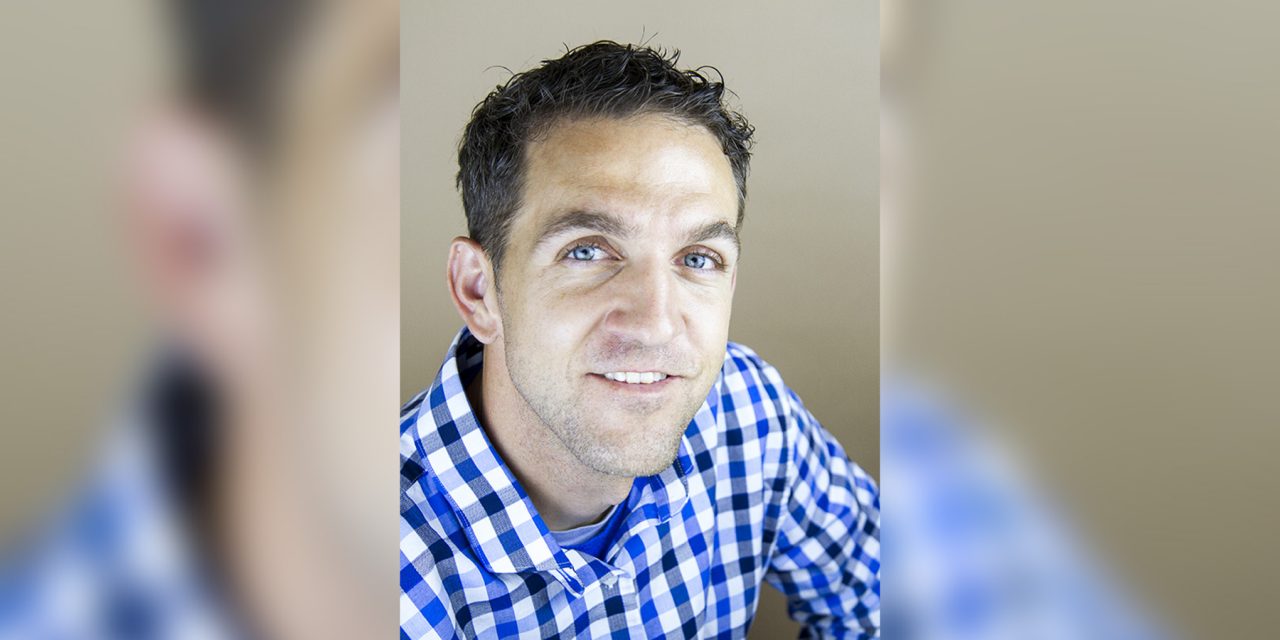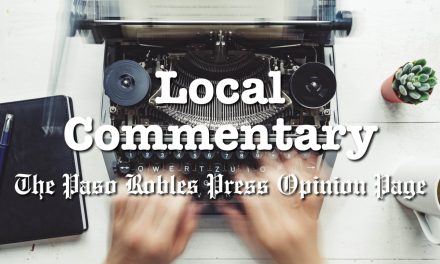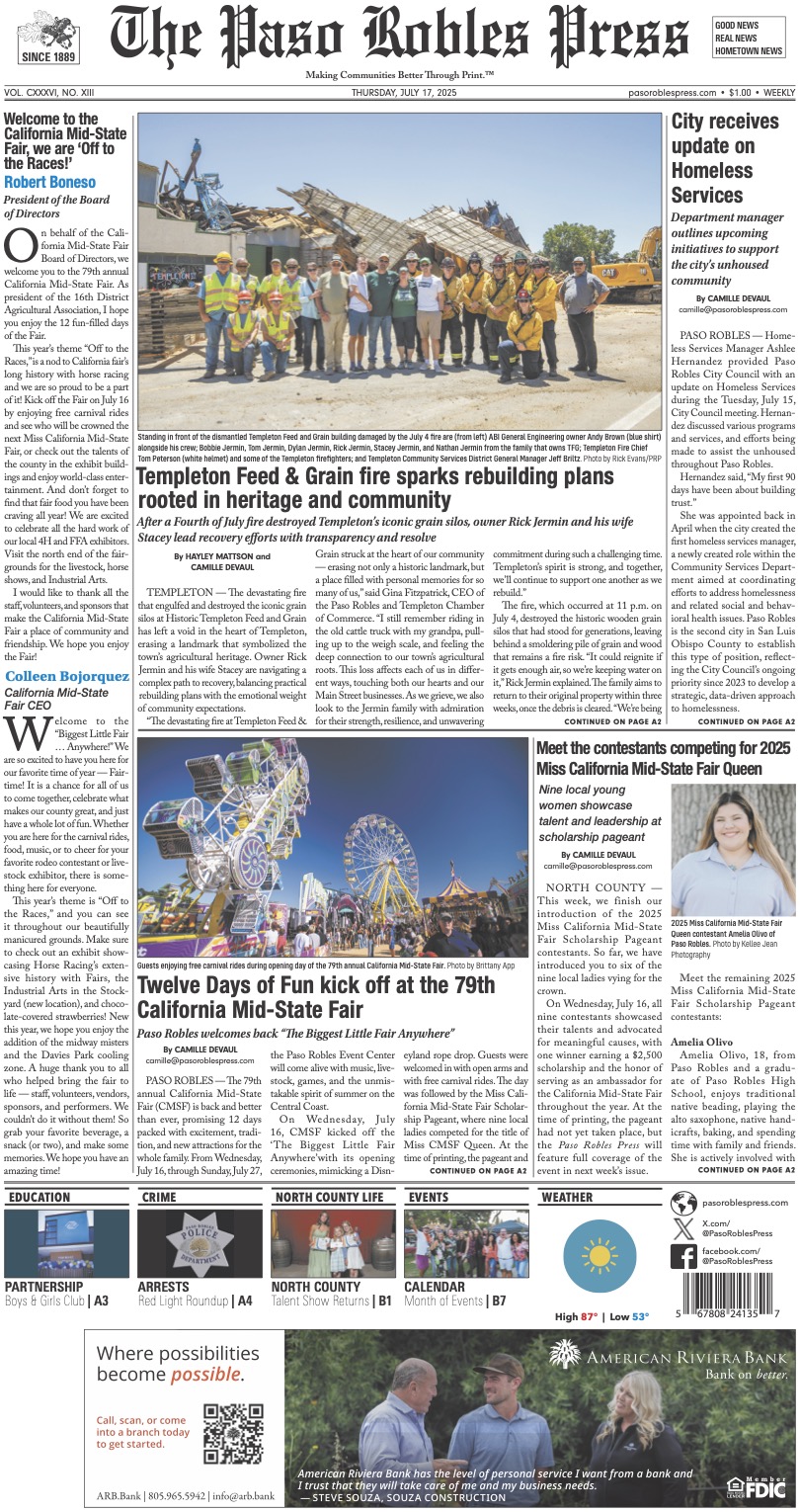Unprecedented times call for a foundation of time-tested principles
Starting 2020, whispers of an epidemiological nightmare vibrated out of the other side of the world. When I was growing up, I was told if you dig straight down, you’ll end up in China. The statement always conjured up images of burrowing out of the dirt in China like Bugs Bunny, upside down.
Well, the world certainly turned upside down quickly as COVID-19 spread outward from China. In California, we’ll know it as Friday the 13th — the second week of March — when the roar came from local institutions and government agencies. “Shut it down! Shut it down! Coronavirus is here!”
Sheltering
We did shut it down. We didn’t know enough about the disease to argue.
What we did know had too many holes to push back. Did it affect the healthy? Did it infect the young? Was it worse than the flu? Would it be more deadly? We just didn’t know enough to know anything, and either did the experts. Our response was fear.
We did as we were asked. We sheltered. We washed our hands and stayed home, wondering with every randomly scratchy breath if we had somehow become infected by some novel disease. We were afraid but didn’t really know what we were afraid of.
Just 50 days later, we know more. We have mountains of data. Much of it needs to be parsed and presented, and many early models are equivalent to shooting from the hip instead of making data relevant to the variety of circumstances needed for knowledgable application.
What the data says in respect to Italy’s new normal is irrelevant to what the data says in reference to New York’s new normal, and irrelevant to what the data says regarding SLO County. A national shortage in PPE was never the same thing as a shortage of PPE in SLO County.
The disease impacted acute groups around the planet very differently, and national strategies all employed some form of “lockdown.” Even Sweden, despite many assumptions, placed gradually expanding restrictions. Some countries employed strict lockdowns. The United States acted moderately in comparison.
Each society acted according to its laws and traditions. The U.S. acted according to its Constitution, and the 50-day shelter orders presented a clash of interpretations that remain unresolved.
We all voluntarily sheltered, and patience ran out more quickly for some than others. Some began receiving unemployment benefits that exceeded what they were making in a 40-hour workweek. Some went from gainfully employed to no income. Some watched their 401K sink by 30 percent.
The economy tanked as we paused. We waited for real news. Nationally, we got antics, performances, and melodrama. Locally, our County health and administration officers faced the music and did their jobs. Compared to other places, even in California, our officials put on a world-class performance in dealing with a global pandemic on San Luis Obispo County soil.
Reports from experts around the world continue to conflict, trying to provide clarity on a global level about a virus that impacts communities very differently is an exercise in futility, and breeds local discord as people argue irrelevant points in ongoing confirmation bias.
So, data isn’t going to solve our problems with COVID-19, even as it presents a pathway to reopening.
Sure, we don’t know everything about the disease. But we know enough. We will be living with it, not exterminating it. Just how we live with it will be an ongoing debate, we just don’t know for how long.
Some expect a resurgence. Not a single expert knows exactly what that means. So, without knowledge, we return to fear. Some models project millions of deaths, just as was predicted by now at the beginning. Those projections lend to stoking fears and division. Facts bring us back together.
The Cold Numbers
As of today, there are recorded 255,000 COVID-19 deaths worldwide since Wuhan’s December breakout. Worldwide, without COVID-19, there are almost 160,000 daily deaths of all causes. COVID-19 is credited for 1.3 percent of the daily death toll around the world. In the U.S. where we have 2.8 million deaths per year, COVID-19 now accounts for 2.5 percent of the annual death toll. It’s significant. This is a pandemic, and we have taken it seriously, but in the United States, poverty was credited for 4.5 percent of deaths in 2019. There was no national emergency for poverty, no executive orders — in fact, in fear of coronavirus, the nation opted to bet on poverty as the lesser of two evils. The results of that bet are not yet known. The dice are still rolling.
Ironically, COVID-19 disproportionately threatens poverty-stricken communities.
It may seem morbid or coldly analytical to begin to run this pandemic by the numbers, but it is actually the way that governments are making decisions. It is the way governments always make decisions. Did you fill out your 2020 Census survey?
The Ups and Downs and Ups
The world has been affected by COVID-19, and we will continue this journey together. In the first days of shelter, we all knew business-as-usual was over. The optimism of 2020 was whisked away like the smog over Los Angeles after a week of shelter.
Based on the data we had, we accepted that we were voluntarily plunging the world economy into an unprecedented crisis to save as many lives as we could.
We knew we were sacrificing the economy. We did it anyway. I don’t know that most of us would have done anything differently, given a chance to do it all again. We were saving the vulnerable, most specifically, the aged — well, trying anyway. It worked, if you are looking at statistics. It failed if you are looking at an individual life, and those who loved and relied on them. We’ve lost tens of thousands of lives in the U.S. to COVID-19, and we lose tens of thousands of lives every week to other causes. COVID-19 is now just one of those causes, and according to the first 50 days, will be one of the top causes of death in the U.S. — ranking with heart disease (no. 1) and cancer (no. 2).
Essential Service
As we face this pandemic, globally, nationally, as a state, and as a county, there are lives at stake. There are also homes at stake, livelihoods at stake, futures at stake, and communities at stake — not in numbers of lives but in quality of lives. Some will never recover what was lost.
In response to the pandemic, 7 1/2 weeks ago some were able to continue working under the definition of “essential service.”
It was a challenging concept then, and it doesn’t work now. When it comes to feeding my family, my business is essential, and I’m not alone there. As a newspaper, we are listed as an essential business, but we are a part of a vibrant economy, preserved in nature by the First Amendment, but we are not an essential business. We are an extension of a business community.
Our job was to observe and report during an evolving situation that baffled even the experts. As the community engaged the cognitive dissonance of keeping society running on life support while observing shelter orders — interacting in “essential” ways that were otherwise prohibited. For example, we could loosely pack a Costco or Walmart, but not a park or beach (in some cases), and definitely not small business retail.
Essential Leadership
Instead of stoking the frustrations of both sides of a very divided community, we chose to follow the leaders.
Our county leaders provided exceptional guidance and showed a tremendous amount of maturity making their way through the pandemic shelter orders, making decisions to lead the community between two walls of crazy. One side called the epidemic a hoax. The other side called safe operation of society during a pandemic a hoax.
As usual, the small businesses that make our community what it is were caught in the middle, taking punches from both sides, as were county leaders.
None of us wanted anyone to die of COVID-19, but none of us wanted to give up Life, Liberty, and the Pursuit of Happiness either. We were caught between two things we love — enjoying our freedom and enterprise, and protecting the lives of those we love.
It wasn’t the government who stopped the economy. It was us — a very large majority. The same majority that votes in all candidates in every county and every state.
We shut down for a very good reason. We didn’t know enough, and we care about human lives.
But now we know. Now, we know without a doubt that more people will die, and we have statistics of who qualifies. We know them. They are our friends, and neighbors, and family. They are people we don’t know, in nursing homes, or living alone. They are the leaders of our community who were starting up businesses before we were a twinkle in our parents’ eyes.
We know them. They are us.
Our local case is more fortunate than other locales. We have lost a life, and we may lose more. People will pass away from other causes as well. We are recovering as a society, and COVID-19 is no longer the only disease we care about. We have adopted it into our new normal. New York is having a rougher time with that, as is New Jersey, Massechussetts, Michigan, and other states, but they are adapting as well.
We are not looking to trade lives for lives by reopening. It is not even a trade of quality of life for quality of life.
What we have now is a reckoning — a facing of reality. A reality that a new disease is among us, not to be quickly eradicated, but to be lived with, and adapted to.
We are blessed with truly world-class leadership from SLO County. We voluntarily did what we did to save our local population from an unknown disease. Our local county officers Dr. Penny Borenstein and Wade Horton know we want to get back to our jobs and work and play and forms of worship, spirituality and ecstasy, and are managing expectations very well.
As a county, we could only buck the state system so hard. We need our surrounding counties and cooperation from the state in order to return our sanity and our normalcy. It is not just about a state order, but about a larger economic reality that requires collaboration. Our county is not an island.
The County leaders have a fine line to walk now.
We did our part. The healthcare system, including nursing homes and other care facilities, is required to do its part now.
Our Personal Responsibility
How do we move forward? The only answer is, together.
Borenstein and Horton have consistently praised the residents of our county for the effort we made, and it is well-deserved.
We slowed the spread and flattened the curve. We uniformly hunkered down and washed our hands while our frontlines served us through the crisis. We did it to save lives — some we knew, some we didn’t, but they all represented a part of us, our nation, and our loved ones.
We cannot rest on our laurels. We must face our reality together, and keep this virus under a manageable level, but we no longer need to be afraid. We no longer need to shelter in fear.
We know this disease, and we know ourselves. We have tamed the spread, not exterminated the disease. It is here, and will continue to be a cause of disease and death.
We have also lost a great deal over the past seven weeks that we will never get back. That loss is innumerable, and individualized. Some lost the foothold they had to reach a new level of industry during economic growth — that is a broad stroke that covers new entrepreneurs, business expansion, retirement plans, or possible valuations of industry in the midst of a sale or merger.
We’ve all lost something, and we don’t want to lose any more. Almost all of us can agree, we lost a lifestyle that we might never get back.
We watched the world working through the five stages of grief, with and destination of “acceptance.” We saw denial, anger, bargaining and depression.
But the end result is always the same — acceptance.
If we can remember that we all sheltered for Life, and we now emerge with Liberty, we can all begin our return to the Pursuit of Happiness.
It will look different for everyone, but we all have preserved those inalienable rights, because they are … inalienable … and as long as we respect that they are here for others as they are for ourselves, we will preserve them still for our future.













